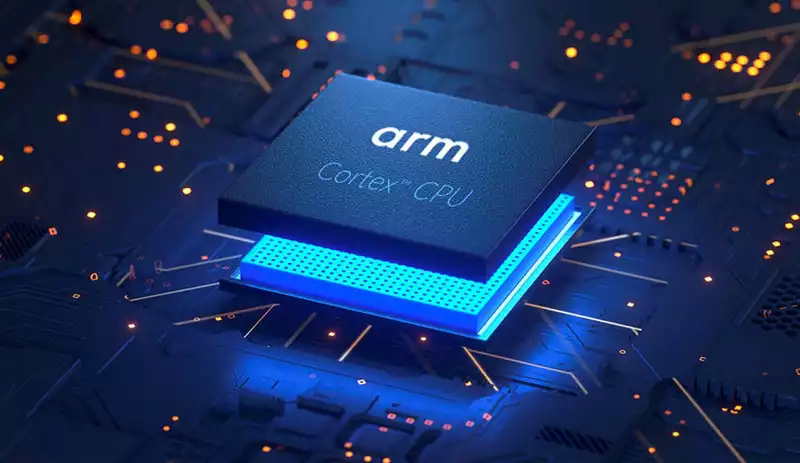You can also be interested in these:
- Nvidia DLSS 2.3: Improved FPS and rendering using AI
- NVIDIA GeForce GT 720 review
- NVIDIA GeForce GTX 1050 Ti Max-Q review
- NVIDIA Quadro FX 3800 review
At the end of 2020 Nvidia announced its intention to acquire Arm, the most used CPU design blueprint for mobiles around the world. By doing this, Nvidia would have full control over the architecture behind the design of processors present in mobiles, electric vehicles, network routers, and countless numbers of controllers.

The company is willing to pay a high sum for said acquisition, hence we can deduce how valuable is the deal for them. They sent a proposal to the conglomerate SoftBank for a jaw-dropping 40 billion dollars. In the event that this transaction goes through, this would be one of the most expensive technology acquisitions of all times.
What exactly does Arm sell?
Arm, the way we might think of it, does not sell CPUs. Instead, it sells the license for the design to large CPU producers, some kind of a blueprint. Building on Arm’s intellectual property base, companies continue to add enhancements and components to improve their systems. In this way, these companies do not have to create the technology from scratch, but rather everything starts with Arm on its core.
The cadence in Arm’s transaction flow with its clients is to sell the license depending on the reference model they want to buy. This license is accompanied by permissions, which determine how far these clients can go by adding changes. We are not only talking about the license, but also permissions to modify it. This adds a wider range of complexity to the product.
What does arm acquisition represent for Nvidia?
In the event that this acquisition is made, the first and most obvious consequence for Nvidia would be the ability to charge license fees to current and new customers. In addition, for their own benefit, Nvidia wouldn’t have to pay these costs.
Many say that Nvidia would also be more forgiving in terms of pushing the limits of the improvements that customers can make. In this sense, we would be talking about a shared benefit, allowing a wider range of innovation in the architecture of CPUs. Contrary to what Arm currently allows, adjustments such as changes to the instruction set would be possible.
Likewise, if this deal became a reality, Nvidia would tone down the influence that Intel currently has in the high-performance computer market. Intel has increasingly closed the gap with Nvidia and is getting into GPU development. Its Xe GPU technologies are opening new doors for the company and its oneAPI, which proposes to decouple the GPU components from their matrix, constitutes a super innovative initiative. All of these potential threats to Nvidia.
In conclusion, Nvidia would establish itself as the largest and most influential company in the AI era. With this, it would streamline the mobile computing industry, which is fundamentally based on the Arm architecture.
Not everyone agrees
This would be Nvidia’s first intervention in the mobile market. This would potentially mean that the company would do what it wants with the designs having full control over them. Meanwhile, companies like Qualcomm and other manufacturers won’t be able to do anything about it, only accept their terms. Not only this, Nvidia would also have the power to block licenses to other companies if they decide appropriate.
Qualcomm is not happy with what is on the horizon. The company has not issued any official statement, but according to CNBC, they have reservations with the legality of the deal, in terms of monopoly regulations.
Together with these disastrous consequences for some companies, the acquisition would also represent an aggravating impact to the economy due to the mass unemployment. Likewise, Nvidia is a company based in the United States, the government could also intervene in the decisions to block licenses to other nations. The UK’s Labor Party has concerns about this.
Large Chinese companies like Huawei are also opposed to the change. This can potentially terminate their operations, after having a rough 2020 with the decisions of the Donald Trump administration.
More stories like this
- Nvidia DLSS 2.3: Improved FPS and rendering using AI
- NVIDIA GeForce GT 720 review
- NVIDIA GeForce GTX 1050 Ti Max-Q review
- NVIDIA Quadro FX 3800 review
- All About the Ada Lovelace Architecture technology of the GeForce RTX 40 Series
- Nvidia GeForce RTX 4090 full review